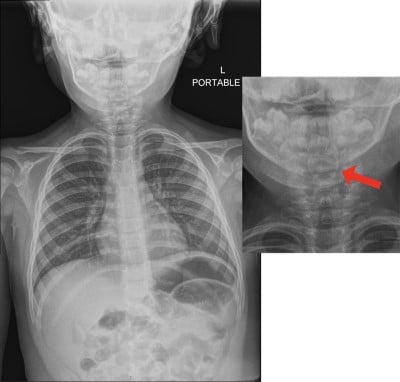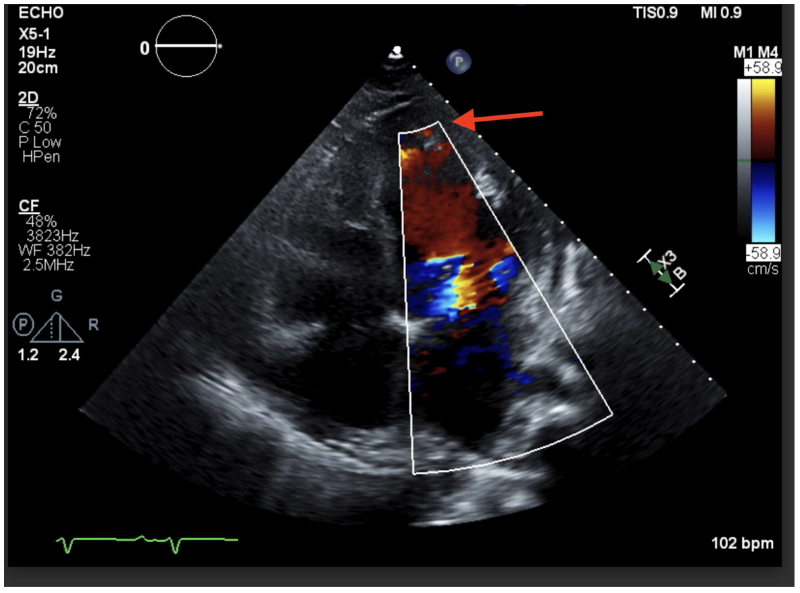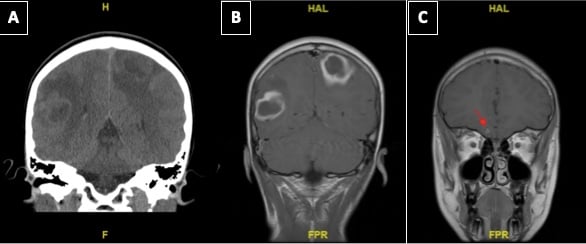Browsing: Pediatric EM






The EMRA Simulation Research Grant allowed me to implement a multiyear pediatric emergency medicine (PEM) study that evaluates the effectiveness, usability, and workload implications of cognitive aids





